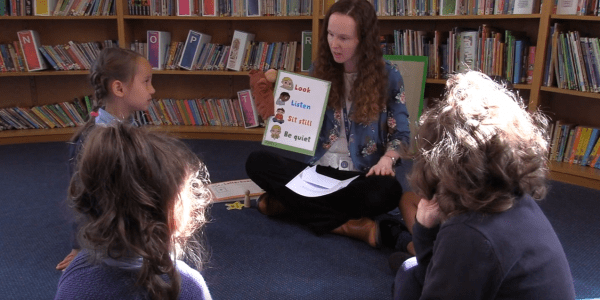
01/03/21
3 min read
Poorer students in sixth forms and colleges trail their more affluent peers by as many as three A level grades when taking qualifications at this level, according to exploratory Nuffield-funded research from the Education Policy Institute (EPI).
The new study finds that the disadvantage gap – the gap in educational attainment between poorer students and their peers – is substantial during the 16-19 education phase, with poorer students continuing to see far worse educational outcomes than their better-off peers.
To date, most existing research on the disadvantage gap in education has focused almost entirely on the outcomes of pupils at secondary school level and below. There has been very little understanding of what the gap is after this age, for those older students enrolling in sixth form or college.
The EPI research, which is based on an entirely new, provisional methodology, brings into sharp focus the extent of educational inequality among older students at this critical period in their lives, just as they enter adulthood.
The disadvantage gap at this education phase is found to vary considerably across the country: poorer students are the equivalent of five whole A level grades behind their more affluent peers in Knowsley, North Somerset and Stockton-on-Tees, while in many London areas poorer students are level with or even ahead of their more affluent peers.
The 16-19 education phase includes students in England in sixth forms and colleges, and covers students taking qualifications including A levels, and vocational, technical and lower-level qualifications.
With poorer students shown to face further attainment losses at this phase, on top of those previously experienced in school, the new findings also provide evidence for the need for new interventions aimed at reducing the gap in 16-19 education.
To prevent disadvantaged sixth form and college students from falling further behind, researchers determine that there is a strong case for additional government funding for 16-19 education.
This targeted funding is urgently needed to address learning losses caused by the pandemic, which are likely to disproportionately fall on the poorest, and which will have likely exacerbated the already large disadvantage gap among students at this stage of education.
Commenting on the new research, Sam Tuckett, Senior Researcher at the Education Policy Institute (EPI), said
“For the very first time, this exploratory research gives us a clear understanding of how disadvantaged sixth form and college students are progressing with their learning compared to their peers.
“Our findings demonstrate very plainly that deep-seated inequalities follow poorer teenagers from school through to sixth form and college, and continue to widen further compared to otherwise similar students, as they work towards their qualifications.
“We know that to reduce disadvantage in education, policymakers need to intervene early in a child’s life, but this research underlines the need to also look at how we can tackle these gaps when students are at sixth form or college.
“Given the enormous disruption that the pandemic has caused to learning, the need to offer more targeted support to poorer students at this important stage in their education is especially urgent.”
Natalie Perera, Chief Executive of the Education Policy Institute (EPI), said
“The fact that poorer students are around three A level grades behind their peers, and in some parts of the country as many as five A level grades behind, is a very stark reminder of the high levels of educational inequality in this country.
“The government has provided funding to support Covid catch-up learning for younger pupils in schools, but the evidence from this report shows that similar support is now also needed for students in post-16 education too – particularly those from disadvantaged backgrounds, who we know have taken the biggest hit from the pandemic.”
Cheryl Lloyd, Education Programme Head at the Nuffield Foundation said:
“This exploratory research highlights how disadvantaged students fall even further behind their more affluent peers during sixth form and college. It is important for 16-19 year olds still in education to be fully included in measures taken to address the effects of lost learning during the pandemic. The government must ensure these students and 16-19 education providers have access to effective support during and following the pandemic.”

















































